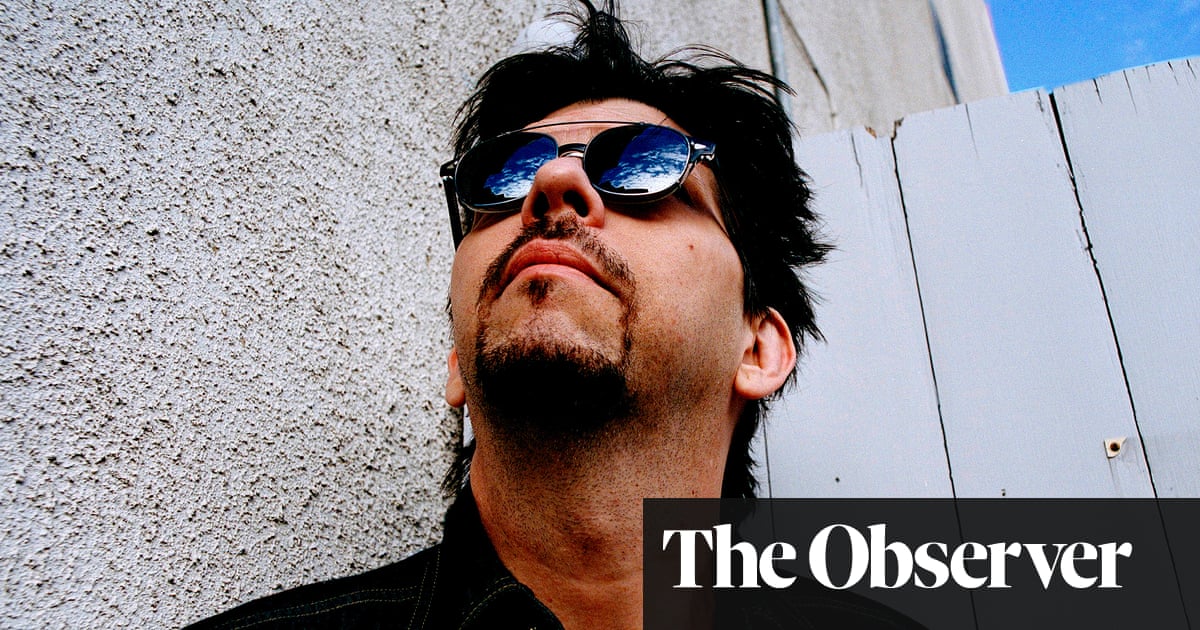
At the centre of Kurt Tong’s elaborate visual narrative Dear Franklin, there is a doomed love story that is also a ghost story. It traces the intertwined lives of Franklin Lung, a man who rose from poor beginnings to become part of Hong Kong’s social elite in the 1940s, and a young woman known only as Dongyu, the daughter of a high-ranking Chinese general.
They met, fell in love, but shortly after their engagement, Dongyu was one of several thousand refugees fleeing the Chinese communist army on board the SS Kiangya when it struck an old Japanese sea mine. “Their love story should have ended with this terrible tragedy,” says Tong, “but it continued after her death because Franklin agreed to a ‘ghost marriage’, an elaborate traditional ceremony in which he became eternally wedded to Dongyu in the spirit world.”
Soon after, Franklin emigrated to America, settling in San Francisco, where he ran several ill-starred businesses before returning penniless to Hong Kong. In 1962, still grief-stricken, he jumped into Victoria harbour during Typhoon Wanda and was never seen again.
Tong came upon the story in 2018, when a friend of a neighbour died, leaving behind an old wooden trunk imprinted with a Taoist seal. Inside was a stash of photographs, letters, notebooks and magazines belonging to Lung, whose life story Tong evokes from the scattered clues these personal effects provided. There are several bold black and white snapshots, blurred and grainy: one shows couples dancing around a fountain in a ballroom; another is a blurred portrait of a beautiful young woman. A small book of Bible quotes about grief and loss contains pressed dried flowers. A typed letter from Lung’s sister, Noo Shan, admonishes him for associating with “several companions of very undesirable type”. The mood is wistful and melancholic, made all the more so by Tong’s own still lifes and interiors – vintage dresses, a half-lit room, a shank of human hair – all of which possess a haunting undertow of lives once lived.
Dear Franklin has just won Tong the Prix Elysée, which provides financial support for an artist to turn a project into a photobook. He describes this work-in-progress as “a small human story that also suggests the bigger picture” – which, in this case, is the tumultuous backdrop of fading colonialism, war, invasion and displacement. A two-page magazine spread from the late 1930s, just before all the foreign sectors in Shanghai were taken by the Japanese, shows child soldiers training alongside pictures of volunteers dispensing blankets and coats to crowds in Shanghai. As ever with Tong’s work, one senses the sweep of history in which his characters are inexorably caught up.
Born in Hong Kong of Chinese descent in 1977, and educated in Britain, Tong has long explored cultural identity and belonging through multilayered narratives that use found images, texts and documents alongside his own photographs of interiors, objects and landscapes. Tong relocated to Hong Kong in 2012 with his Scottish wife. “It wasn’t until my daughter was born 10 years ago that I connected with my Chinese roots,” he says. “I began exploring my family history – that’s really when my work clicked into place.”
Dear Franklin marks a break with his recent work, which has explored his own ancestral lineage and his complex cultural and familial ties to China. I ask if recent anti-government protests and the subsequent clampdown by the Chinese authorities have affected his work. “With what is happening now, it’s very split,” he says. “There are definitely sections of the city where there is strong resentment to the government. For the protesters, anything associated with China is bad. As an artist, I want to distinguish between the politics and the country. But in the eyes of many of my friends, that is impossible.”
China looms large in Tong’s work to date. For his series Sweet Water, Bitter Earth, he travelled extensively throughout the country, shooting often hauntingly empty landscapes on a Chinese-made analogue camera from the 1980s. On his travels, Tong experienced a profound sense of belonging in the country’s remote rural landscapes, but struggled to find any deep connection with China’s increasingly consumerist urban culture. “I realised that it is modern-day China and its people that I don’t understand,” he wrote on his website, “and my dream of redemption and return to a lost homeland is ultimately a failure.”
The landscapes were exhibited alongside negatives of old family photographs from his paternal side, which he distressed by submerging in sea water along the same route his ancestors walked, and also by placing them under his shoes. The decayed negatives, he says, reflected his tenuous and confused connections to his motherland.
In his 2019 book The Queen, the Chairman and I, Tong set out to answer the question: “How Chinese am I?” by attempting to explore the ways in which Queen Victoria and Chairman Mao – symbols of colonialism and revolution respectively – had shaped his family’s history and, by extension, his own life. His paternal grandfather had left Shanghai for Hong Kong in 1911, lured by the stability and career prospects of a British-ruled colony. Decades later, Tong’s mother’s family fled China as Mao’s army took over. The book draws on several generations of family photographs and writings punctuated by his own images of Hong Kong, which range from familiar scenic landscapes to faded interiors that recall the colonial era.
For me, Tong’s most affecting series is Combing for Ice and Jade, which he describes as a “love letter” to his nanny, Mak, who worked for his family for 40 years. In her early 20s, Mak fled an arranged marriage in China, breaking her family ties and becoming one of the last zishunu or “comb sisters” – women who underwent an elaborate traditional ritual dating back to the early 19th century in which their long, braided hair was combed out in order to signal their commitment to a lifetime of celibacy and independence.
“I wanted her story to represent all those determined Chinese women who are now considered pioneering feminists,” he says. The resulting book is elaborate: hand-stitched pages, pullouts, mounted Polaroid snapshots and inserts adding to the sense that, of all his complex and ambitious undertakings, this is a true labour of love.
Tong started out as a photojournalist before becoming increasingly frustrated with the limits of the form. “I’m a photographer,” he says, “but my fascination is storytelling. I see photography as a place of incredible narrative freedom because there is so much space around an image that you can fill by using your imagination and telling your own stories.”
In Dear Franklin, the central character is not a family member, but a stranger whose life Tong happened on by accident. Perhaps for this reason, Franklin remains an elusive presence, even though his story has an almost novelistic sweep and is framed by seismic events – the second world war, the sinking of the SS Kiangya, the Chinese Exclusion Act. As ever, Tong has uncovered some fascinating contemporary artefacts that shed light on the bigger picture, including a book of instruction that was published in the 1920s when Shanghai was occupied by the US and Britain. It will be used throughout the book.
“In the book,” he says, “there are letters for all situations, including one on how to offer condolences after a shipwreck, which was quite a common occurrence at that time. Another provides a template for a request to borrow a grand piano for a party. They provide glimpses of how people of a certain class were eager to adapt to life under colonial occupation.”
Tong’s imagining of an ordinary life in an extraordinary time garnered praise from the Prix Elysée jury, who noted his ability to create “a new narrative from narratives that exist already”. As such, Dear Franklin operates on the hinterland between the real and the imagined, deftly addressing the ambiguous nature of photography itself. “Increasingly,” says Tong, “ambiguity is the essence of what I do.”












